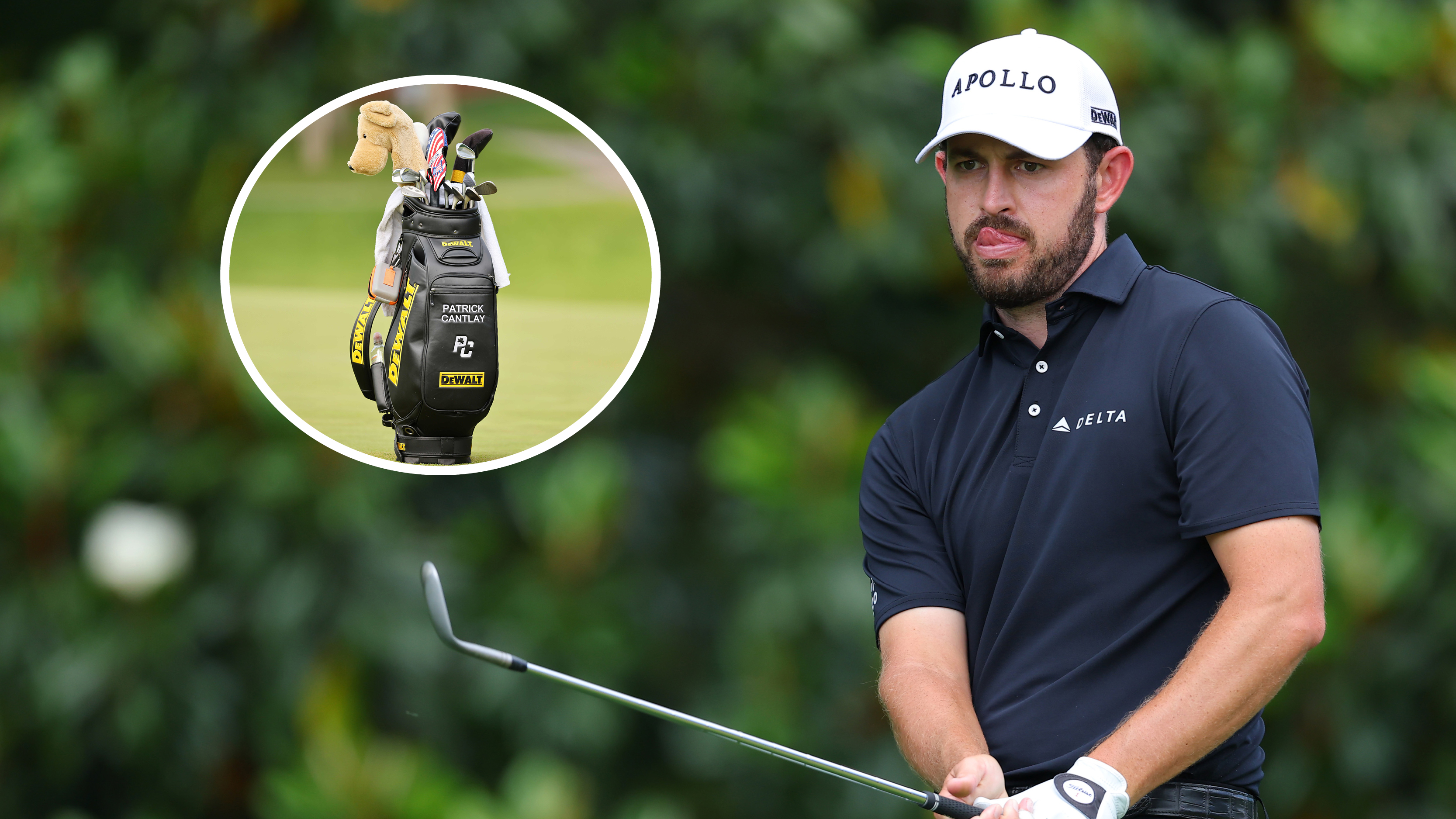
The casual golf fan might look into a tour pro's bag and be bewildered by the sheer number of ‘specialist’ wedges staring back at them. Where the average golfer might carry two or three, touring professionals often pack four, five, or even more of the best wedges, especially during their practice rounds. At the 2025 PGA Championship, Patrick Cantlay was spotted with a staggering seven different specialist wedges during his Wednesday practice round, prompting much discussion. This begs the question: why such a vast arsenal?
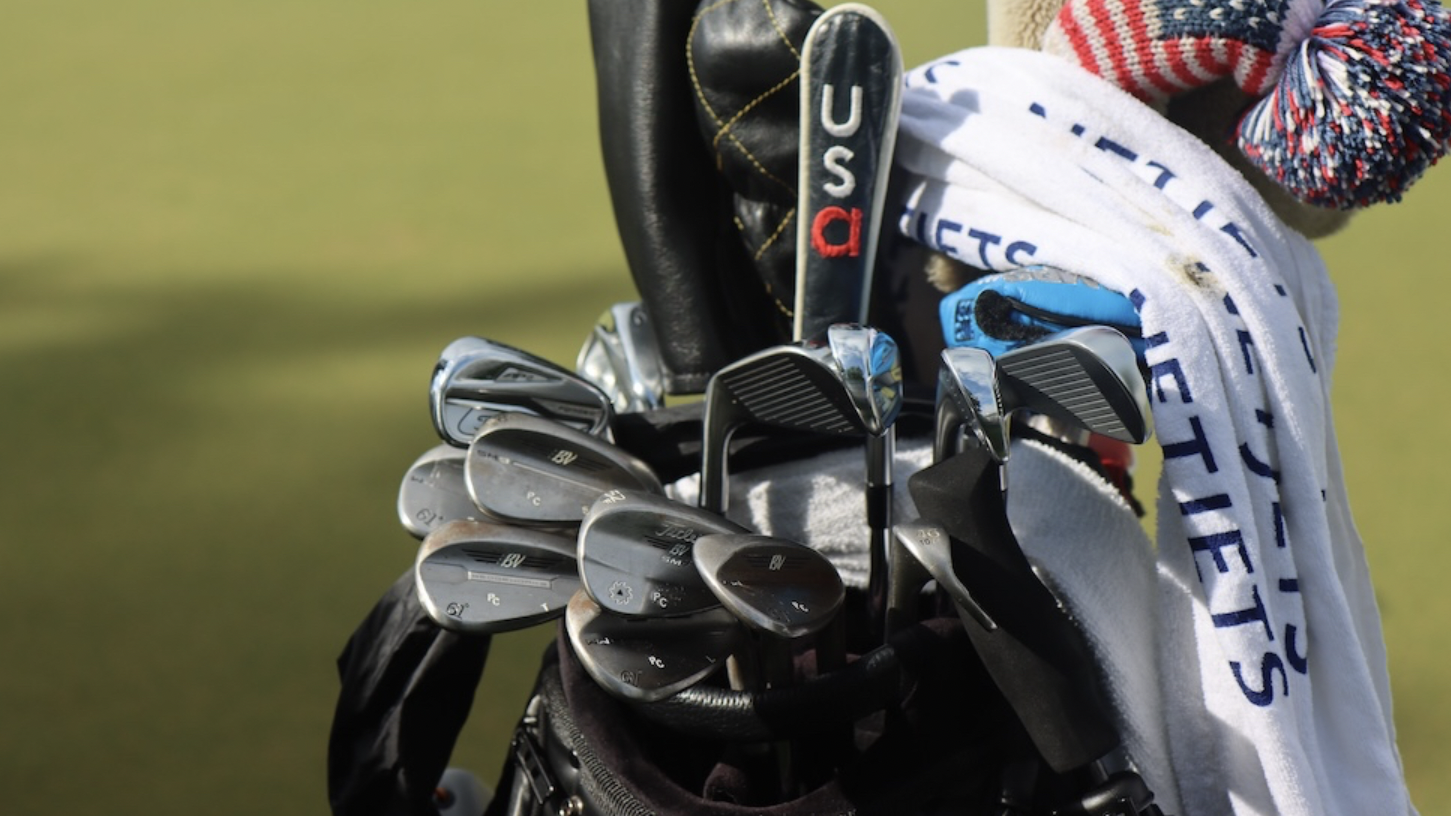
The answer, in my opinion, lies in the requirements for precision and adaptability at the highest level of the game on some of the most demanding golf course setups in the world. Tour professionals face a constantly changing landscape of conditions in terms of ground firmness, grass types, and even cut lengths, and their wedge selection is a crucial tool in navigating these variables successfully.
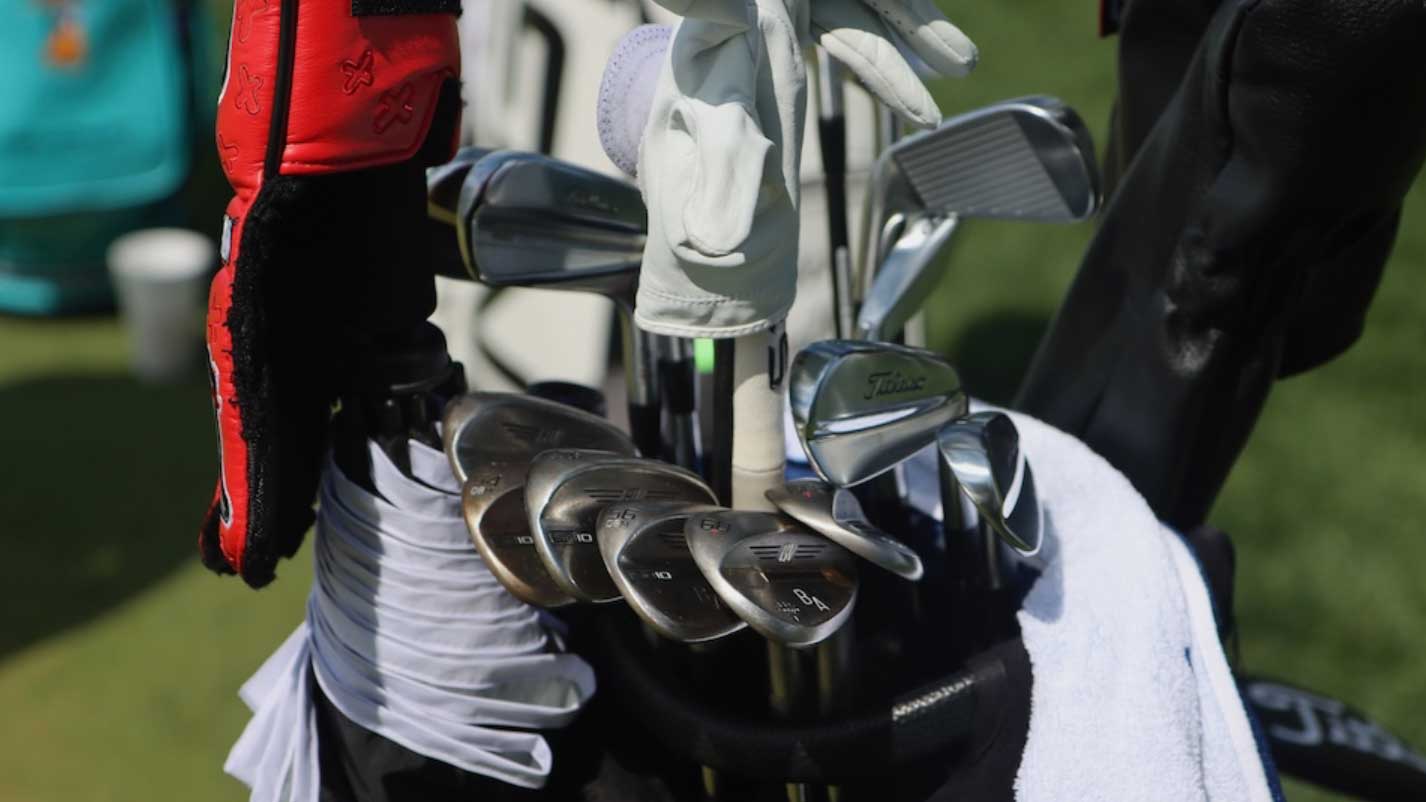
One of the primary reasons for carrying multiple wedges is the massive difference in performance characteristics of the vast array of bounce and grind options. Many of you will know that bounce refers to the angle between the leading edge of the club and the ground when the sole is resting on the turf, and a higher bounce angle is generally beneficial in softer conditions, and on ‘grabbier’ grasses such as Bermuda. Lower bounce wedges, conversely, tend to excel on firmer, tighter surfaces, which is why so many players switch into a lower bounce wedge when heading to the Open Championship, which is primarily played on firm links turf.
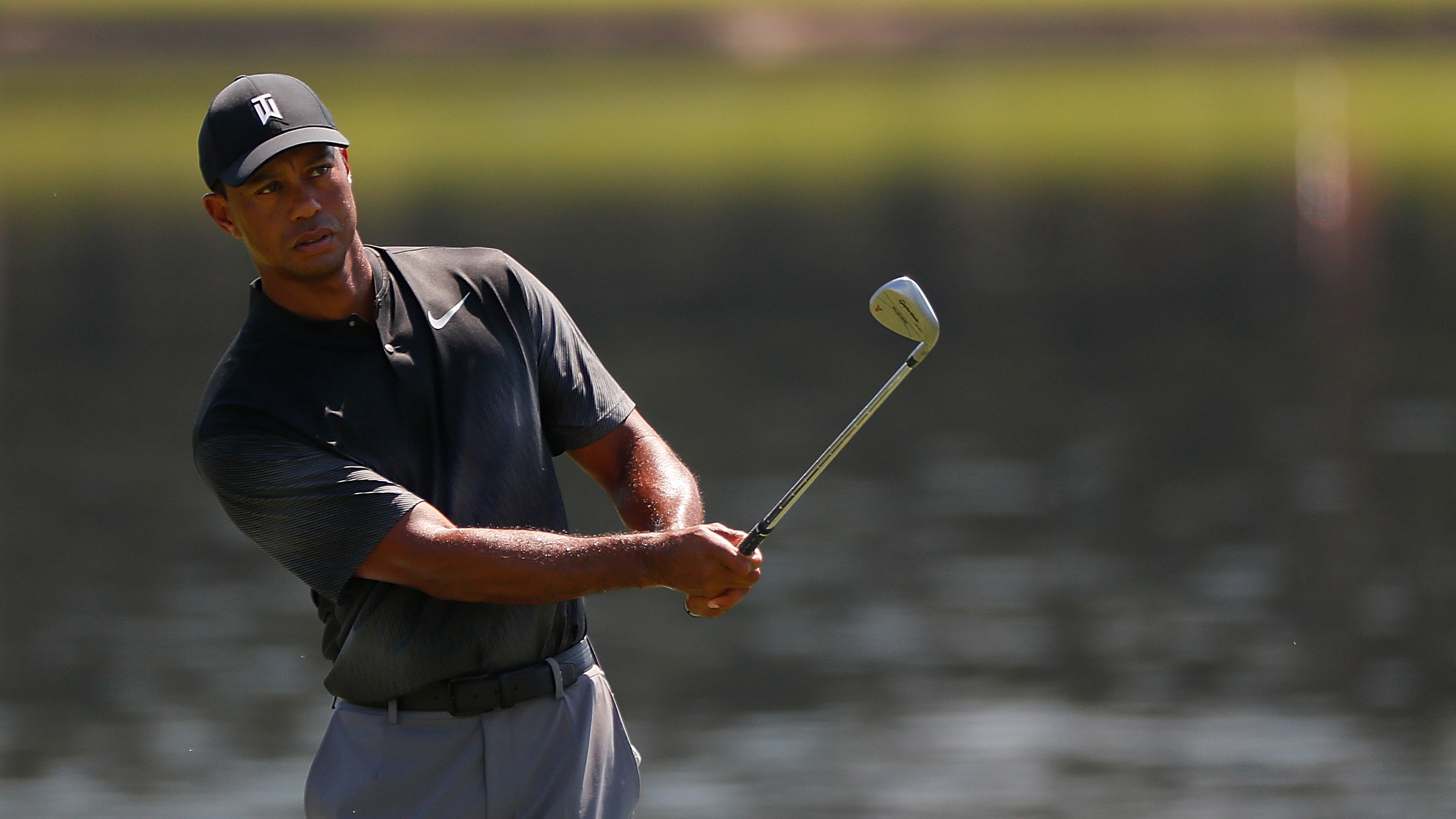
Grind adds another layer of complexity and refers to the shaping and contouring of the sole of a wedge. Different grinds offer varying levels of versatility and can really personalise a wedge to a player that prefers to either manipulate the face significantly, like Tiger Woods, or players such as Steve Stricker and Jason Day who prefer to play with a squarer blade. Touring professionals meticulously select wedges with specific bounce and grind combinations to match the course and conditions they expect to encounter. Cantlay's seven-wedge practice round setup at the PGA Championship likely reflects a desire to have every conceivable option at his disposal, given the expected variations in the course, even potentially chopping and changing during the course of the week.
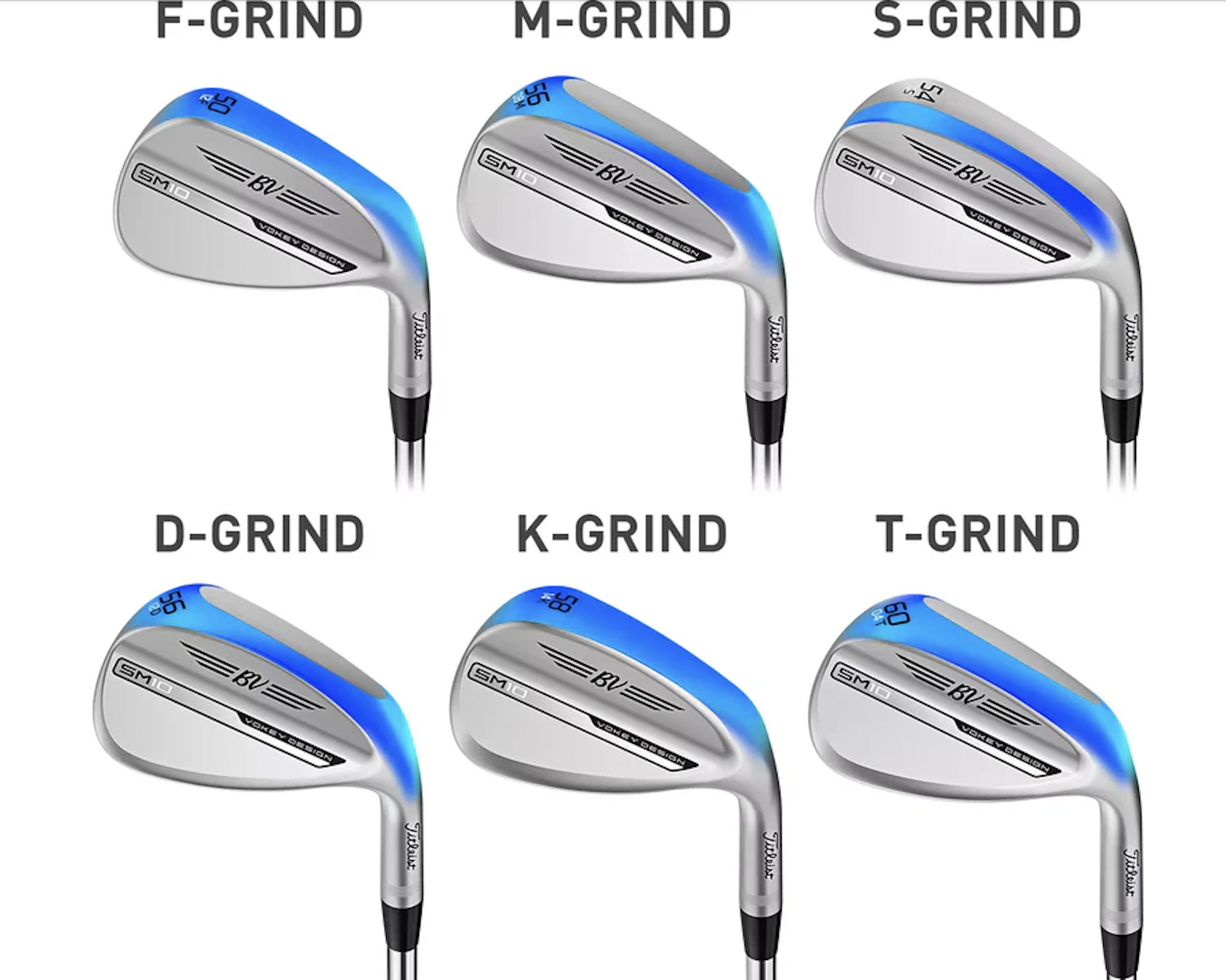
Beyond bounce and grind, professionals also carry a variety of wedge lofts to dial in their yardages and manage gaps in their bag. This is where the second key reason comes in, because the number of wedges a player carries can significantly impact the rest of their bag setup and vice versa. A course that demands a lot of tee shots with fairway woods, or long approaches to par 5s, for instance, might lead a player to carry fewer wedges to make room for a 5 or 7-wood, for example. Similarly, a course with tight greens and intricate short-game situations might see a player load up on wedges for maximum precision.

Interestingly, there is very little consensus amongst even the world's best players on the topic. Players such as Scottie Scheffler and Tiger Woods tend to stick unwaveringly to the same wedge setup year after year, and course after course, valuing the familiarity they build up with their setup over the versatility of employing different bounces, lofts, and grinds. Many other professionals (Cantlay clearly!) rely on having multiple options at their disposal to do a little more for them, rather than having to manipulate their technique. I recently played with 2025 Singapore Classic Champion Richard Mansell in a social game, and even in that environment, Richard had three different Vokey SM10 lob wedges that he was switching between during the round, which I found fascinating.

The main takeaway here is that there's no "right" approach. For some, consistency and a deep understanding of their go-to wedges are paramount. For others, the ability to adapt to any situation with a specialized tool is the ultimate advantage. It will be interesting to see what Cantlay’s setup looks like come game time on Thursday…







